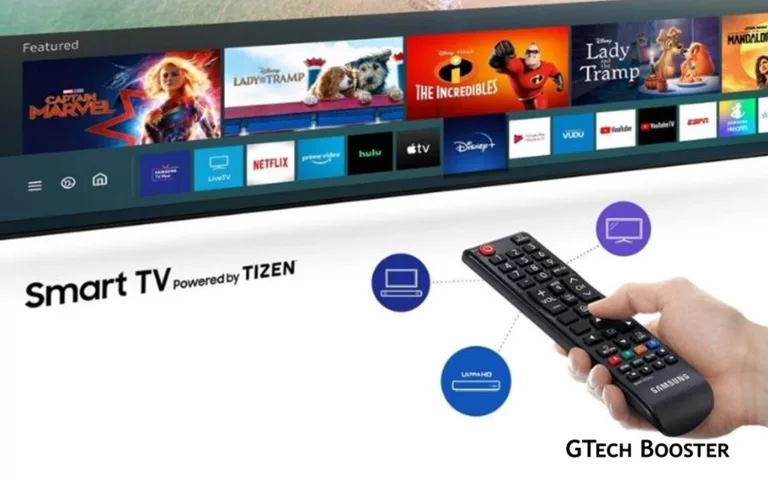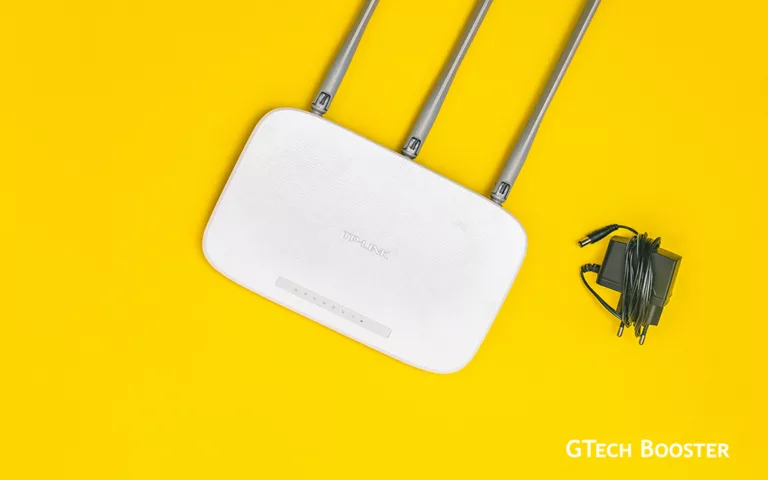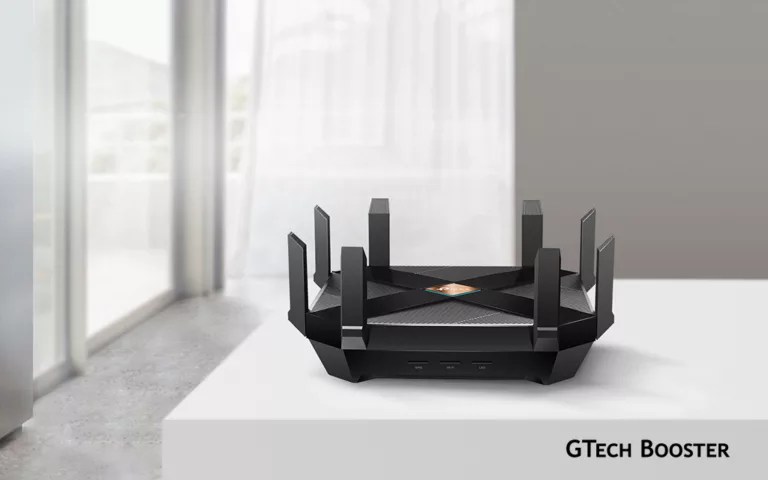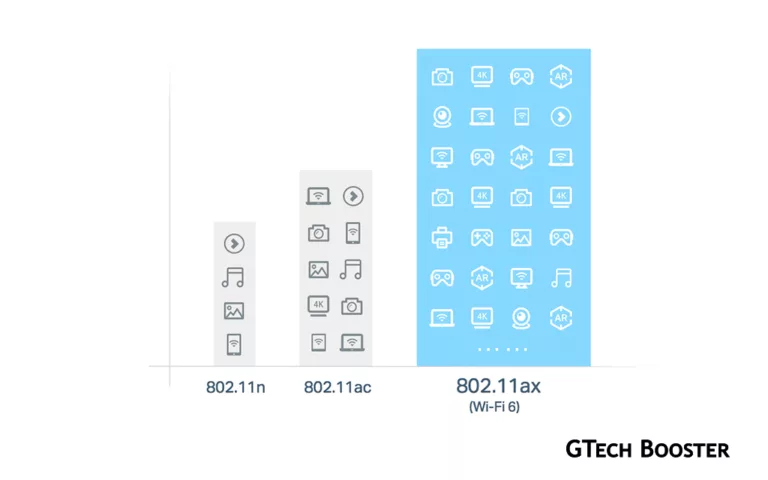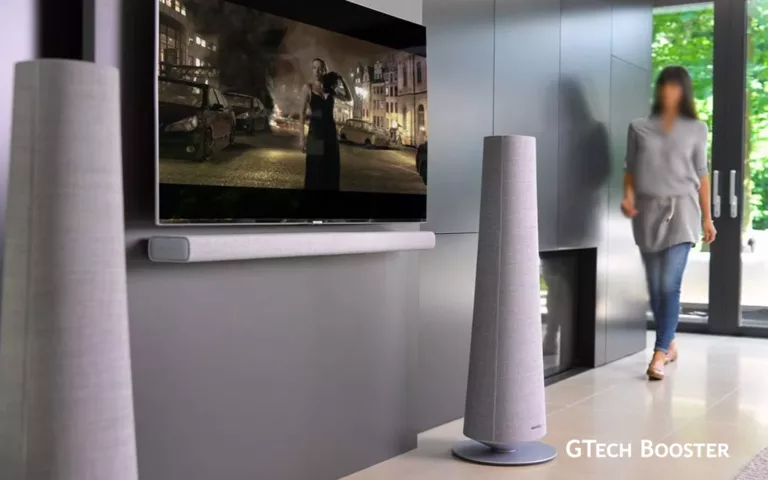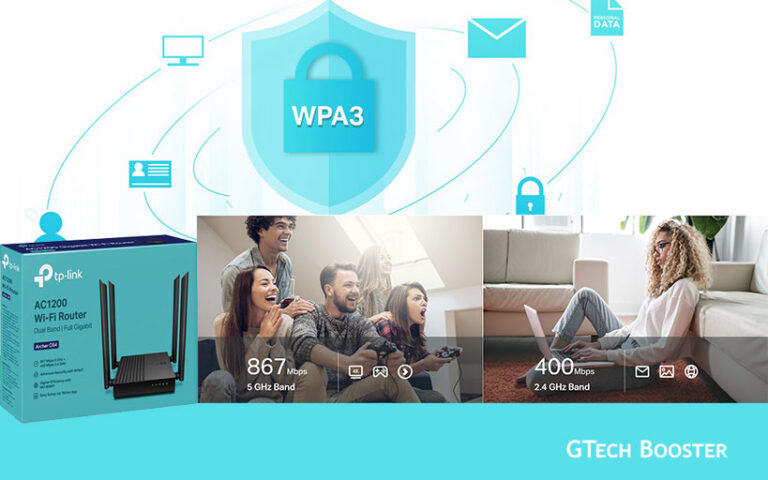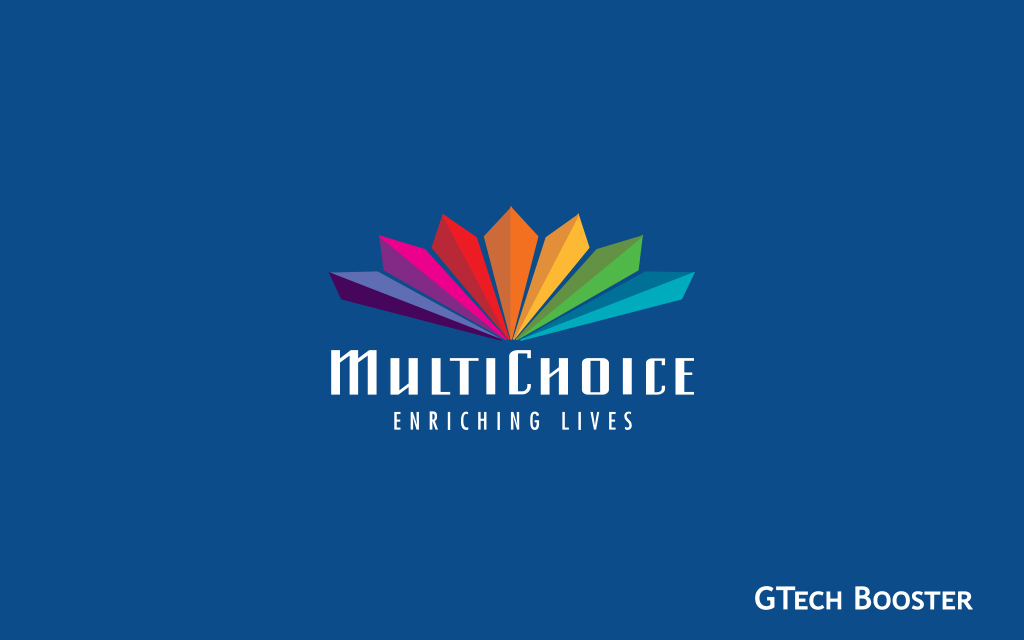Light-based network Li-Fi is standardized by IEEE and promises to be 100 times faster than Wi-Fi
Li-Fi is a wireless communication technology that uses light to transmit data. It works by using LED lamps to send rapid pulses of light that can be detected by devices equipped with photoreceptors.

Li-Fi is a wireless communication technology that uses light to transmit data. It works by using LED lamps to send rapid pulses of light that can be detected by devices equipped with photoreceptors. Li-Fi claims to be faster and more secure than traditional Wi-Fi, with speeds up to 224 gigabits per second.
The Institute of Electrical and Electronics Engineers (IEEE), an international association known for regulating Wi-Fi, announced on Wednesday (12) the standardization of Li-Fi, a technology that uses light for the communication of devices and promises to be up to a hundred times faster than the standard currently used in our conventional routers.
Standardized as “802.11bb,” the technology replaces the radio frequencies used in wireless networks with infrared light, ensuring significantly higher data transfer speeds. Several manufacturers already embrace Li-Fi, and with the IEEE standardization, this method of communication should become more popular.
According to the technical team, Li-Fi offers faster, more reliable and secure wireless communications compared to conventional technologies such as Wi-Fi and 5G. It is expected that with the IEEE 802.11bb standardization, the technology will be interoperable with Wi-Fi.
Li-Fi does not mean that technologies based on radio frequencies or even wired connections are numbered, since the light-based technique has its limitations. Despite reaching incredible speeds of up to 224 GB/s, light cannot penetrate opaque objects such as walls, limiting its range.

Advantages of Li-Fi
One of the advantages of Li-Fi is that it offers higher bandwidth compared to Wi-Fi, which requires radio waves that are limited by regulations on the available spectrum. Li-Fi, on the other hand, uses the visible light spectrum which is much larger, making it possible for more devices to operate without slowing down the connection.
Another advantage of Li-Fi is that it is more secure since light cannot travel through walls like Wi-Fi signals, making it difficult for outside users to intercept the data being transmitted. This makes it ideal for use in areas where security is of the utmost importance, such as hospitals and military installations.
Disadvantages of Li-Fi
Li-Fi does have a few disadvantages. One of them is that it requires a line of sight between the transmitter and the receiver, which means that devices need to be in the same room as the light source to receive data. This makes it less practical for use in larger areas or outdoor spaces.
Additionally, since Li-Fi depends on light to transmit data, it can be affected by external factors like interference from sunlight or other light sources. This can result in interruptions in the connection, which can negatively impact its reliability.
On the other hand, this feature can also be considered an advantage, since the data transmitted by light in a home environment, for example, will be safer and protected against signal interception. The devices communicate across the infrared spectrum, so light is invisible.
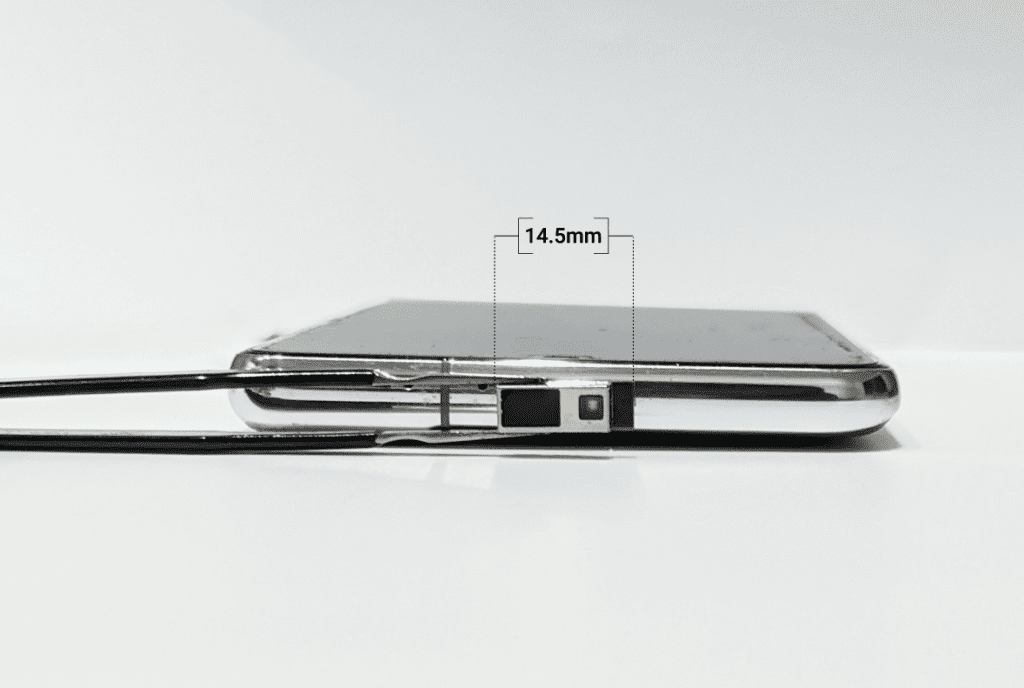
pureLiFi is one of the leading companies in the segment, and recently introduced the Light Antenna ONE, an antenna that can be integrated into third-party devices to enable Li-Fi connectivity support. The module is in the validation phase with partner companies and is expected to become a key mechanism for various businesses soon.
802.11bb could represent a big step forward in the expansion of light-based networks, with the launch of Li-Fi-compatible laptops, desktops and smartphones, especially models designed for the enterprise segment.
Li-Fi is a promising technology that has the potential to transform the way we use wireless communications. While it may not completely replace Wi-Fi, it could prove to be a valuable addition to our digital infrastructure, particularly in situations where speed, security and reliability are essential.


